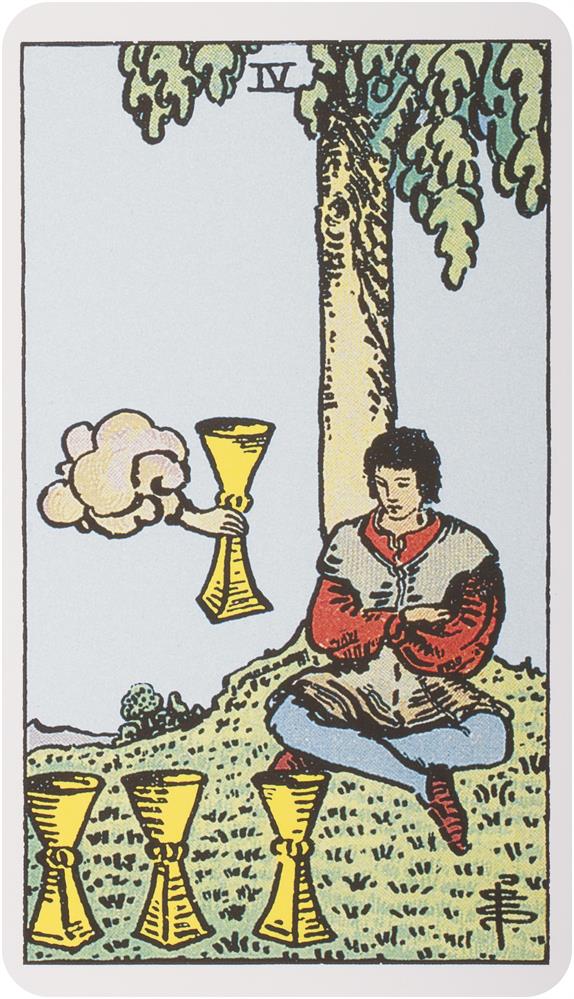

Not that certain continuities do not remain between Steiner and the Catholic Tomberg. Tomberg has crossed into another universe. One can hardly stress enough how far removed from Anthroposophy these new found “Church and Christendom” themes are.

(Very much including the Holy Church and even political suggestions that hark back to Christendom of old!) Discontinuity - Yet Continuity Instead of saving humanity via an exotic “spiritual science,” Tomberg turns to precisely the traditional means Steiner repudiated.

(Very much including the Church!)īut The Art of the Good, along with all the books that follow, rejects Steiner’s dream. Now, suddenly, Tomberg displays an astonishing volte-face. He no longer espouses Anthroposophy, but numerous ideas even 180 degrees opposed to it!įor Steiner’s Anthroposophy was a grandiose dream to save humanity – save it from the descent into materialistic thinking via a supposed “spiritual science”.ĭispensing with the need for faith in Christ, this so-called “science” instead asserted direct knowledge, direct cognition, of spiritual realities sans all traditional intermediaries. Originally entitled The Degeneration and Regeneration of Jurisprudence, this short work constitutes a profound meditation on justice and law – one where Tomberg takes off in a bold new direction, radically breaking with his past.įor his 1930s Anthroposophy was devoted to Rudolf Steiner’s dream of an esoteric Christianity sans the Church – which dream entailed the notion of direct cognition of Christ sans mediation by Catholic tradition.

The Art of the Good is the first of these volumes. We are deeply indebted to Angelico Press, then, for starting to re-publish them in English. But prior to these two great books, there were earlier works addressing jurisprudence, that were likewise informed by his newfound Catholic vision.Īlas, until now, these have been extremely obscure in the Anglosphere. These two have long been available in English. (Less explicitly, he said the same thing in countless other ways, as well.)Īfter 1944, though, the newly converted Tomberg set out on a new Catholic road that led to his Magnum Opus Meditations on the Tarot with its companion volume Lazarus Come Forth, written in the 1960s and 70s. First came his 1930s pre-Catholic Anthroposophical studies, which he once explicitly declared “totally alien” to the man he later became. Valentin Tomberg’s writings fall into two distinct periods.


 0 kommentar(er)
0 kommentar(er)
